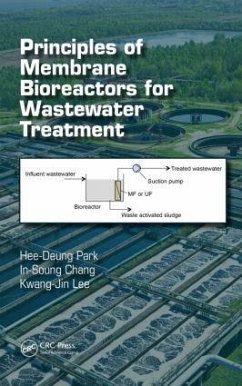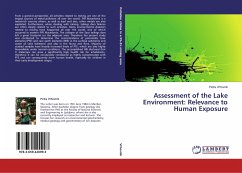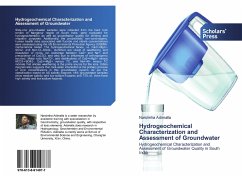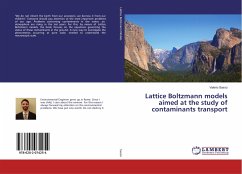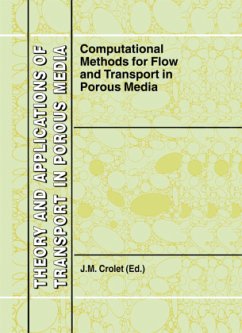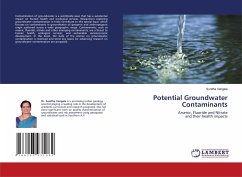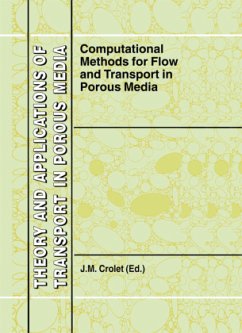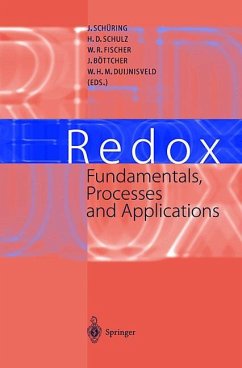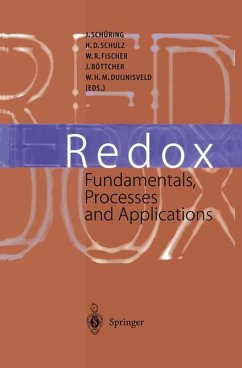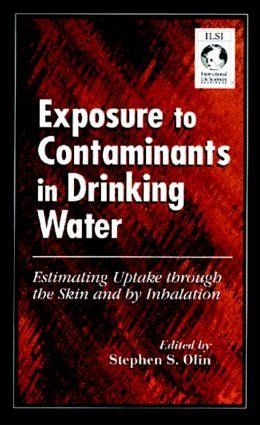
Exposure to Contaminants in Drinking Water
Estimating Uptake through the Skin and by Inhalation
Herausgeber: Olin, Stephen S
Versandkostenfrei!
Versandfertig in über 4 Wochen
196,99 €
inkl. MwSt.
Weitere Ausgaben:

PAYBACK Punkte
98 °P sammeln!
Exposure to Contaminants in Drinking Water: Estimating Uptake through the Skin and by Inhalation examines the current state of science in this field by identifying and reviewing the available information resources; evaluating various models and approaches; and demonstrating the feasibility of developing estimates of the distribution of absorbed doses of contaminants in drinking water through contact with the skin and by inhalation. This book, the product of a fifteen-member expert working group convened by the Risk Science Institute of the International Life Sciences Institute under a cooperat...
Exposure to Contaminants in Drinking Water: Estimating Uptake through the Skin and by Inhalation examines the current state of science in this field by identifying and reviewing the available information resources; evaluating various models and approaches; and demonstrating the feasibility of developing estimates of the distribution of absorbed doses of contaminants in drinking water through contact with the skin and by inhalation. This book, the product of a fifteen-member expert working group convened by the Risk Science Institute of the International Life Sciences Institute under a cooperative agreement with the U.S. Environmental Protection Agencys Office of Water, includes contributions from experts in exposure modeling and measurement; water chemistry; time-activity patterns; dermal and respiratory uptake; and the use of probability distributions in characterizing exposures. TOC:Introduction.- Contaminant Characteristics.- Exposure Characteristics.- Developing Exposure Estimates.- Respiratory Uptake.- Dermal Uptake.- Case Study.




